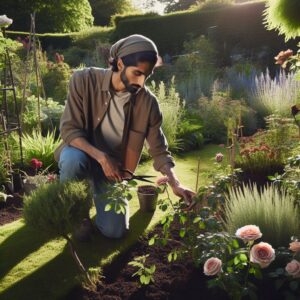Key Takeaways
-
Plant a variety of native and perennial flowers to create a bee-friendly garden that’s irresistible to local pollinators.
-
Design your garden with bees in mind, ensuring easy access to nectar and pollen throughout the seasons.
-
Introduce natural water sources like bee baths to provide hydration for your buzzing visitors.
-
Use natural materials and simple DIY techniques to craft bee houses that encourage nesting.
-
Engage with your community to share knowledge and create a buzz around bee conservation efforts.
Imagine your garden humming with the activity of busy bees, each one contributing to the vibrancy and health of your plants. With the right strategies, you can transform your space into a popular stopover for these vital pollinators. Let’s dive into the world of bee house attraction and ensure your garden is the talk of the hive!
Welcome to the Buzz: Elevating Your Bee House Popularity
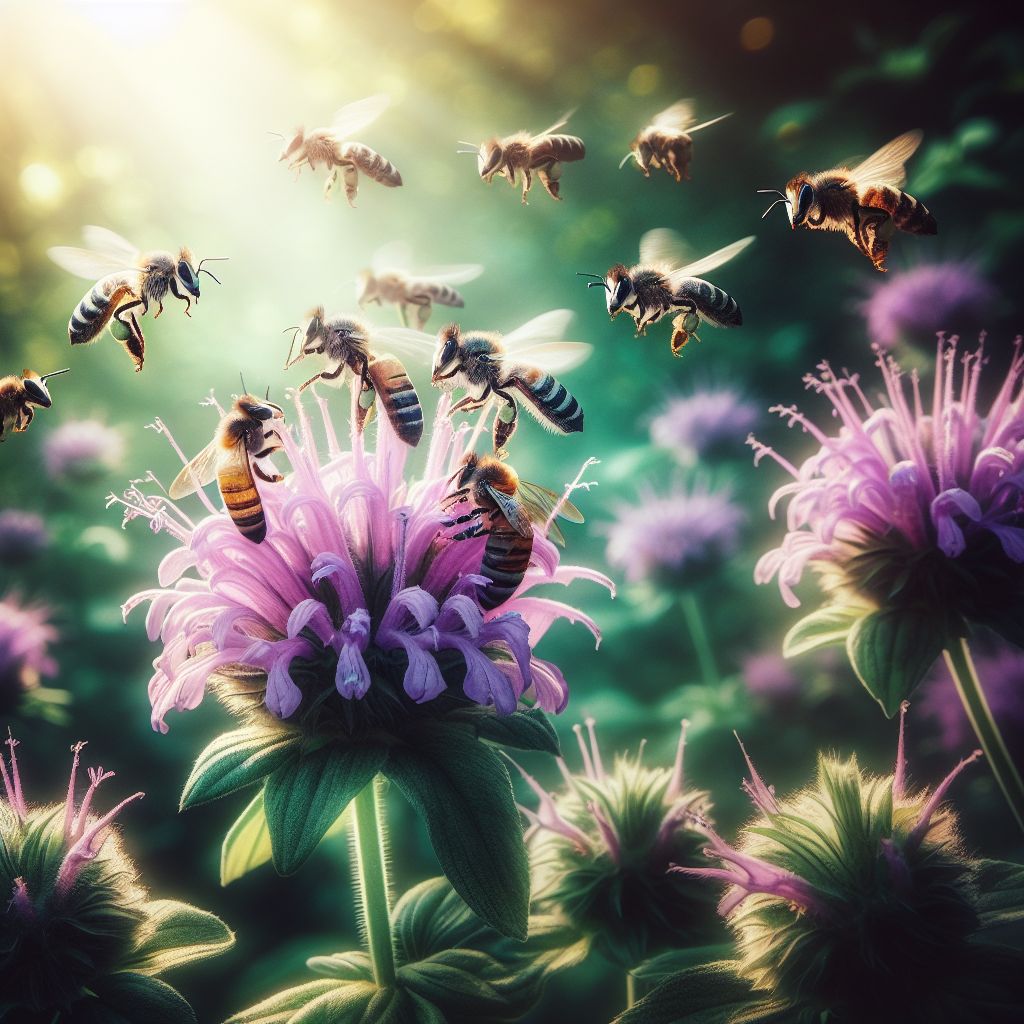
Bees are the lifeblood of any garden, and creating a bee house is a fantastic way to support these essential pollinators. But it’s not just about building it and hoping they’ll come. You need to make your bee house as appealing as possible to attract a flurry of visitors. Here’s how:
Understanding the Importance of Bee House Visits
Bee houses provide a safe haven for solitary bees to nest and reproduce. These bees are important pollinators, and by attracting them to your garden, you’re contributing to the health of your local ecosystem. Plus, more bees mean better pollination, which leads to more fruits and flowers. It’s a win-win!
Meet the Visitors: Who’s Flying into Your Bee House?
Did you know there are over 20,000 species of bees? In your garden, you’ll likely meet mason bees, leafcutter bees, and other solitary types. These bees are non-aggressive and perfect for garden duty. They’re looking for the right conditions to call home, and that’s where you come in.
Create a Bee Haven: Plant Selection and Layout
Choosing the right plants is the first step in making your bee house attractive. Bees prefer native and perennial plants because they’re familiar and reliable sources of nectar and pollen. Here are some top tips for selecting plants:
Top Blossoms to Attract a Swarm
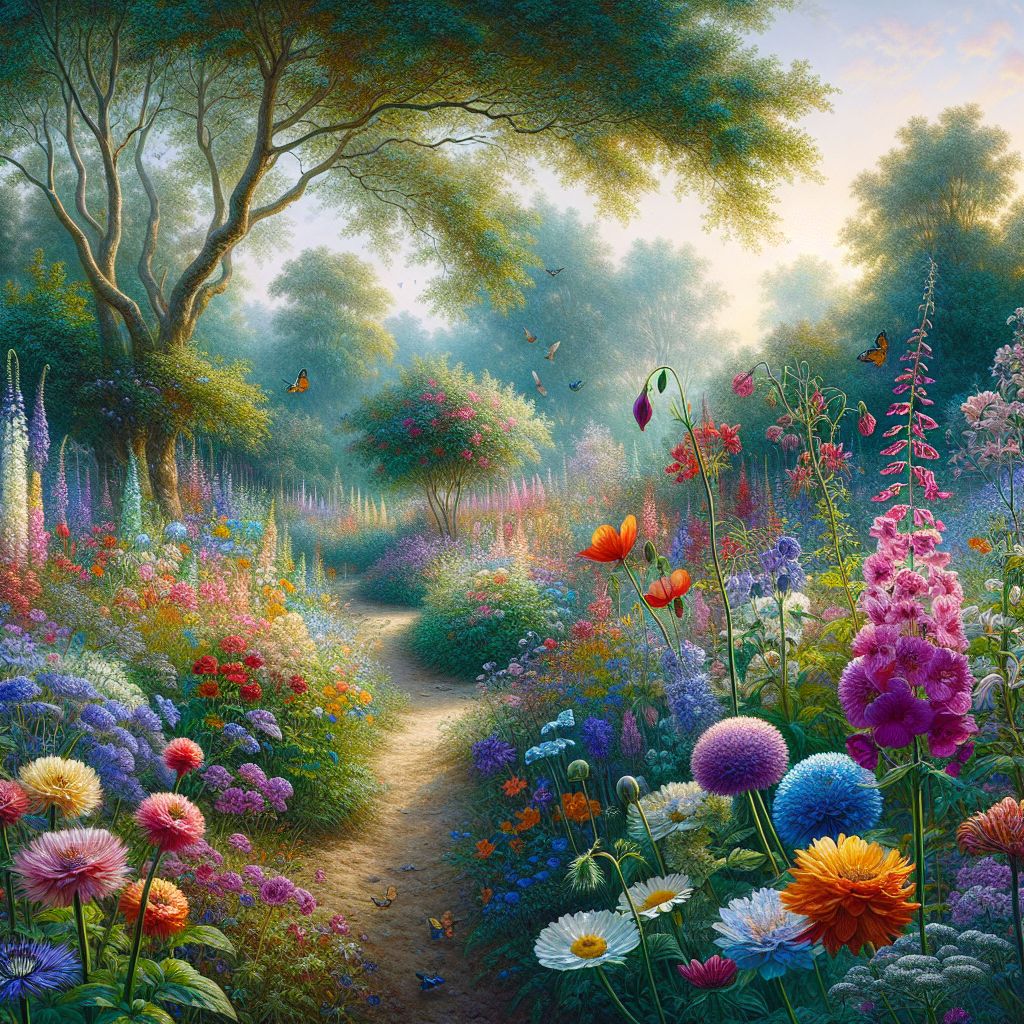
-
Native Wildflowers: These are a natural choice. They’ve evolved alongside local bees and are perfectly suited to meet their needs.
-
Herbs: Lavender, sage, and thyme aren’t just for your kitchen; they’re also bee magnets.
-
Vegetable Flowers: If you’re growing veggies, you’re already on the right track. Flowers from squash, tomatoes, and peppers are very attractive to bees.
Remember, diversity is key. Plant a mix of flowers that bloom at different times to provide a steady source of food throughout the year.
Designing a Bee-Friendly Garden: Structure and Accessibility
Once you’ve selected your plants, it’s time to think about layout. Bees are more likely to visit your garden if it’s easy to navigate and rich in resources. Here’s what to consider:
-
Group Similar Plants Together: This makes it easier for bees to forage efficiently.
-
Provide a Variety of Flower Shapes: Different bees have different preferences and tongue lengths.
-
Avoid Pesticides: These can harm bees. Opt for natural pest control methods instead.
Most importantly, make sure your bee house is placed near these enticing plants. If bees find a food source close to their nesting site, they’re more likely to stick around.
Whispers from the Wings: Pheromones and Scents
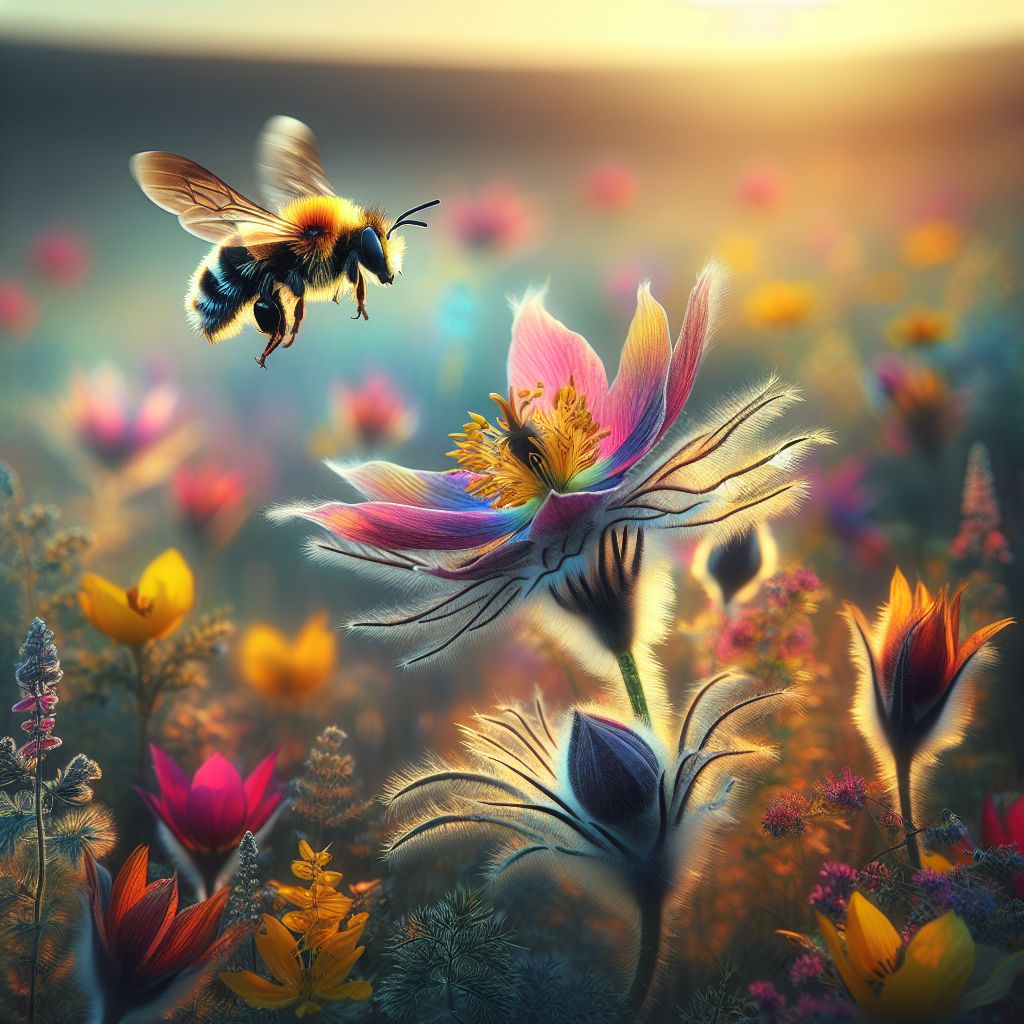
Bees have an incredible sense of smell, and they use it to find their way to the best flowers. You can harness this by ensuring your garden is full of enticing aromas.
The Role of Pheromones in Bee Attraction
Pheromones are chemical signals that bees release to communicate with each other. Some pheromones can signal to other bees that a particular flower or bee house is a good place to visit. While we can’t replicate these complex chemicals, we can ensure our gardens have plenty of natural scents that bees love.
Making Scents of Flowers: How to Use Aromas
Planting fragrant flowers is the simplest way to attract bees with scent. Flowers like jasmine, honeysuckle, and phlox emit strong fragrances that can guide bees right to your garden. So, when you’re choosing plants, don’t just think about color and bloom time—consider their smell, too.
Stay tuned for more strategies in the upcoming sections, where we’ll cover communication techniques, water sources, and nesting materials to make your bee house the go-to spot for local pollinators. Together, we can make your garden a buzzing paradise!
The Right Buzz: Communication Techniques for Bee Houses
Communication is key in any relationship, even between gardeners and bees. While we can’t chat with bees over a cup of tea, we can use certain techniques to invite them into our gardens and bee houses.
Bee Calls: How to Use Sound to Attract Bees
Bees are sensitive to vibrations and can be drawn to certain sounds. Some gardeners use soft, gentle music to create a welcoming atmosphere. While there’s no guarantee that playing Beethoven’s “Fur Elise” will bring all the bees to your yard, creating a serene environment can certainly help make your garden more inviting.
And it’s not just about music. The gentle buzz of a healthy, active garden is a sound that’s attractive to bees. The hum of other bees working, the rustle of leaves in the wind, and the trickle of water all create a soundscape that says ‘this place is alive and thriving’—exactly where bees want to be.
Share the Buzz: Social Media and Community Engagement
Let’s not forget the power of human buzz. Share pictures and updates of your bee-friendly garden on social media to inspire others. Engaging with local gardening groups can also spread the word about the importance of supporting pollinators. By raising awareness, you’re contributing to a larger movement that’s making the world a better place for bees.
Water Works: Providing Essential Hydration Stations
Bees need water just like the rest of us. They use it to cool their hives, aid in digestion, and even to make honey. Providing a reliable water source is a fantastic way to attract more bees to your garden.
Building Bee Baths: Keeping Your Visitors Quenched
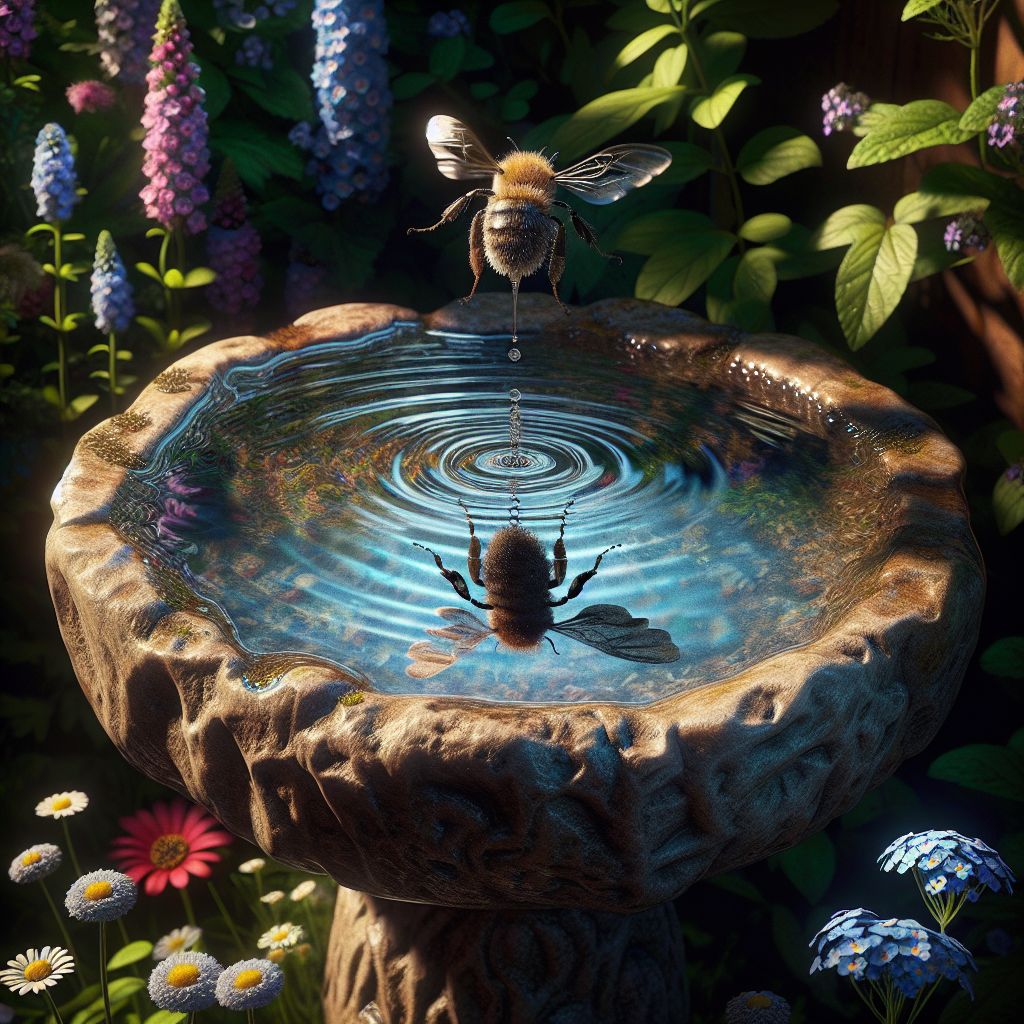
Creating a bee bath is as simple as placing a shallow dish filled with water and lining it with stones or marbles for bees to land on. Make sure to keep the water clean and replenish it regularly. Place the bee bath near your bee house to make it easy for your guests to find a drink after their hard work.
Remember, bees can’t swim, so they need something to stand on while they drink. If you don’t have marbles, twigs or leaves can also work. The key is to make sure bees have safe access to the water without the risk of drowning.
Position and Purity: Best Practices for Water Sources
Where you place your bee bath matters. Keep it in a spot that’s visible and easily accessible to bees, but away from areas with heavy foot traffic to avoid disturbances. As for water quality, rainwater is ideal, but if you’re using tap water, let it sit for a day before adding it to your bee bath to allow any chlorine to evaporate.
Sheltering Wings: Nesting Sites and Materials
Providing a safe place for bees to raise their young is crucial for a thriving garden ecosystem. Let’s talk about how you can create the perfect nesting site.
DIY Bee House Crafting: Materials and Methods
Building a bee house can be a fun weekend project. You can start with a simple wooden box and fill it with tubes made from bamboo, reeds, or paper. The tubes should be a variety of sizes to accommodate different species of bees. Make sure the front of the bee house is smooth and free of splinters, and place it facing southeast to catch the morning sun.
Here’s a simple guide to making your own bee house:
-
Cut a piece of untreated wood into a box shape.
-
Fill the box with hollow tubes, ensuring they’re snugly fitted.
-
Mount the bee house on a post or against a wall at eye level.
Nature Knows Best: Using Natural Materials for Nests
While you can buy bee houses, there’s something special about using natural materials. Hollow stems, wood shavings, and even dried leaves can provide excellent nesting material. The key is to mimic the natural habitats that solitary bees would seek out in the wild.
Bees are resourceful creatures, and they’ll often make do with what they find. But by providing a variety of natural materials, you can cater to different species and their unique nesting preferences.
The Joy of Flying In: Visitor Experience Enhancements
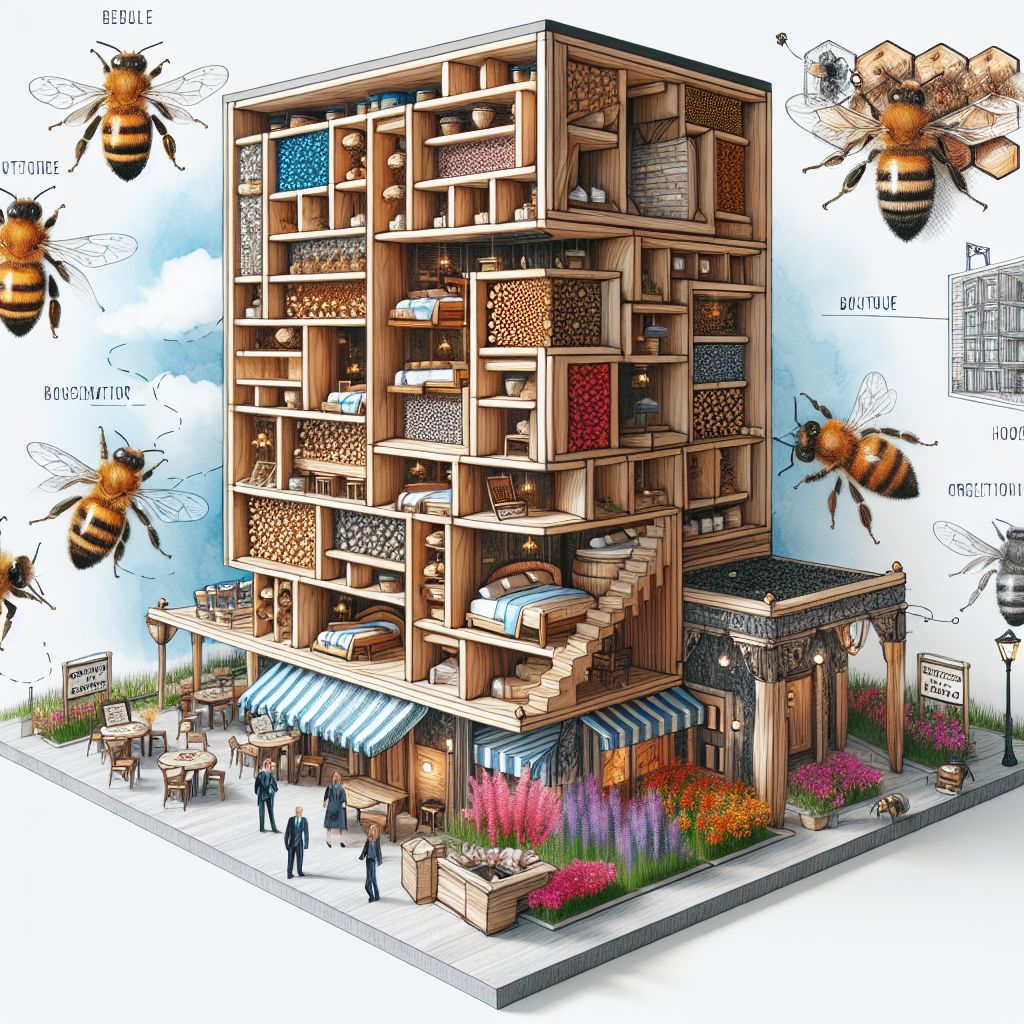
Think of your bee house as a boutique hotel for bees. You want to provide not only the necessities but also a delightful experience that will keep them coming back.
Interactive Education: Workshops and Tours
Why not share the joy of beekeeping with others? Hosting workshops and tours can educate your community about the importance of bees. It’s a chance to show off your bee house, share tips on plant selection, and demonstrate how to create bee baths. You’ll inspire others to start their own bee-friendly projects, and that’s a beautiful thing.
Consider reaching out to local schools or community centers to organize educational sessions. It’s a fantastic way to engage with younger generations and instill a love for nature and conservation.
Creating Bee-Themed Events: Fun Ways to Learn and Engage
Besides workshops, you can host bee-themed events like honey tastings, pollinator parties, or even a ‘day in the life of a bee’ interactive experience. These events can be fun, memorable ways to connect people with the importance of bees and the joys of gardening.
Remember, every flower planted, every bee house built, and every drop of water provided makes a difference. By following these strategies, you’ll not only boost the numbers of visitors to your bee house but also contribute to a healthier planet. Let’s keep the buzz going and make our gardens a haven for bees!
Making It Stick: Maintenance for Sustained Attraction
Just like any other part of your garden, your bee house needs regular maintenance to stay appealing to bees. It’s not just a ‘set it and forget it’ deal; you have to keep it in tip-top shape to ensure it remains a hotspot for your buzzing buddies.
-
Regularly check for and clear out any debris or dead insects from the nesting tubes.
-
Replace or clean nesting materials as needed to prevent mold and mites.
-
Watch for signs of wear and tear on the bee house and repair any damages to protect your bee guests from the elements.
By maintaining a clean and safe environment, you’ll encourage bees to return year after year, ensuring a vibrant and productive garden.
And let’s not forget about the plants. Your bee-friendly garden will need its own care to keep those flowers blooming and the nectar flowing. Deadhead spent blooms, water appropriately, and manage pests organically to keep your garden buzzing with life.
Routine Checkups: How to Keep Your Bee House Inviting
Set a schedule for routine checkups. Just like you might have a weekly gardening routine, include your bee house in the mix. A quick inspection every week or two can help you spot any issues before they become big problems. Look for blockages in the tubes, ensure the structure is stable, and keep an eye out for predators that might be lurking around.
Troubleshooting Common
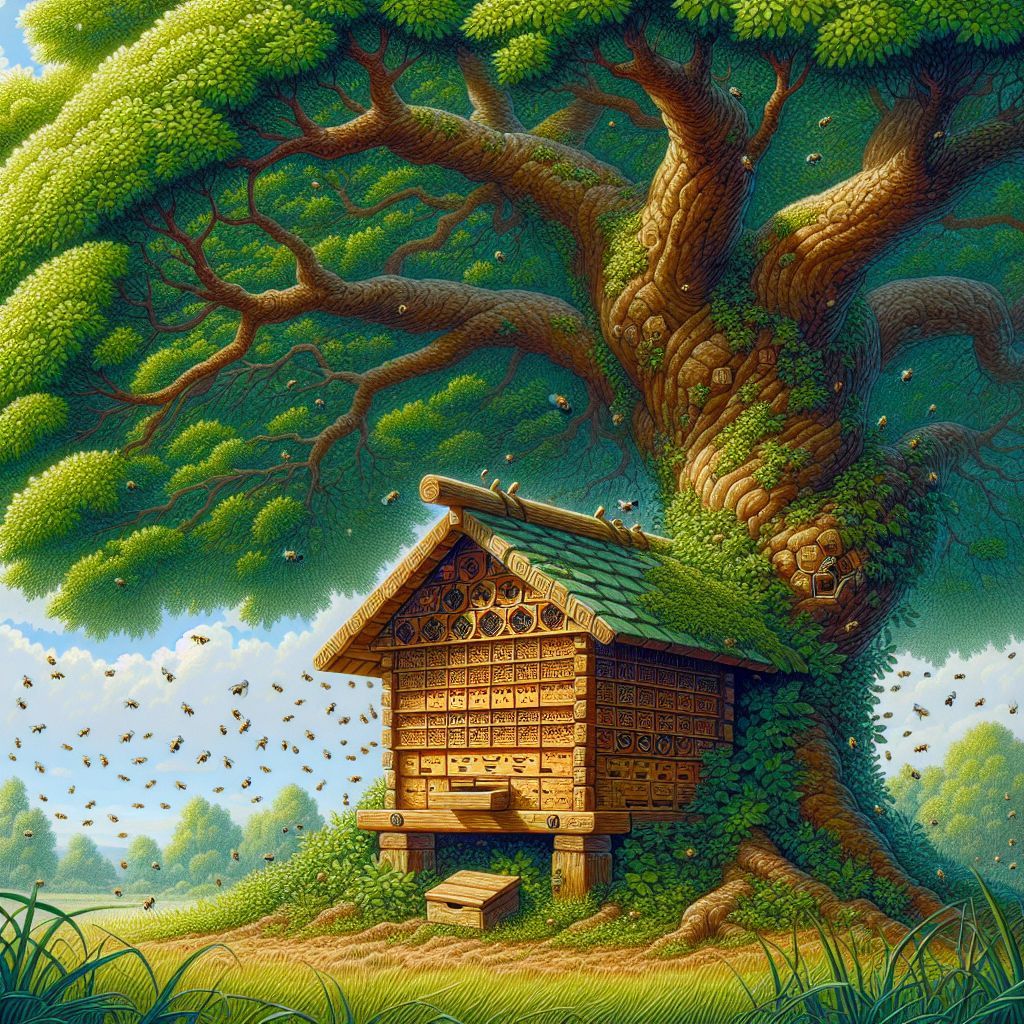
Even the best-laid plans can encounter issues. Here are some common problems you might face and how to tackle them:
-
Ants: If ants are invading your bee house, try wrapping the mounting post with a sticky substance that’s safe for bees but will stop ants in their tracks.
-
Wet Conditions: If your bee house gets too damp, it can harm the bees. Make sure it’s under an overhang or has some sort of cover to protect it from the rain.
-
Wood Rot: Use untreated, rot-resistant wood when building your bee house to prevent decay.
By addressing these issues promptly, you’ll keep your bee house a welcoming place for your pollinator pals.
Now, let’s wrap up with some frequently asked questions that might be buzzing in your mind.
FAQ
What Flowers are Best for Attracting Bees to My Garden?
Bees love a variety of flowers, but they’re particularly drawn to native wildflowers, flowering herbs like lavender and rosemary, and vegetable blossoms. Aim for a mix of plants that bloom at different times to provide a consistent food source.
How Can I Ensure My Bee House is Visible to Bees?
Place your bee house in a sunny spot, ideally facing southeast, where it’s easily visible and accessible to flying bees. Keep it at eye level and free from obstructions, and close to a variety of flowering plants.
What Maintenance is Required for a Bee House?
Regular maintenance includes cleaning out old nesting materials, checking for pests, and making repairs as needed. It’s also important to monitor the surrounding garden to ensure it continues to provide a rich source of nectar and pollen.
How Do I Safely Provide Water for Bees?
Create a bee bath using a shallow dish with clean water and place stones or marbles inside for bees to land on. Change the water regularly and keep the bath in a sheltered area near your bee house.

